Fishing Bans Create a Glimmer of Hope on the Great Barrier Reef
No-take reserves have helped commercially important species bounce back, but the reef still faces some serious threats
:focal(1629x1077:1630x1078)/https://tf-cmsv2-smithsonianmag-media.s3.amazonaws.com/filer/8f/f2/8ff2469d-e127-4a0e-9196-0c32819374fb/42-33416566.jpg)
Australia appears to have successfully tackled at least one threat to the Great Barrier Reef—fishing. Underwater surveys found that the most commercially important reef-dwelling species, a group known as coral trout, are thriving in no-take marine reserves that were expanded a decade ago. But the world’s largest coral reef still faces a host of other issues, and some even worry that the reef could disappear within our lifetimes.
Fishing had largely depleted coral trout stocks in inshore areas of the reef by the 1980s, before the Great Barrier Reef Marine Park was established. In 2004, the park's no-take reserve areas were expanded from covering just 5 percent to more than 30 percent of the area. Based on the latest research, the reserves have ensured adequate protection for key coral reef fish targeted by commercial and recreational fisheries "and have lowered overall fishery catch to what currently appears to be sustainable levels,” says Michael Emslie of the Australian Institute of Marine Science.
The effectiveness of the reserves became particularly apparent in the months after Tropical Cyclone Hamish, which caused widespread damage across the southern part of the reef in March 2009 when it skirted the Australian coast. “Having a large network of [no-take reserves] ensured there were areas that were not impacted that may [have aided] recovery of reef communities in areas that were hit by the cyclone,” Emslie notes.
Coral trout were also larger and more abundant in the reserves than they were in areas open to fishing, Emslie and his team report today in Current Biology. The larger fish in those no-take areas may have been better able to withstand the cyclone’s turbulence, or they were better able to move to refuge areas and return when conditions improved. The presence of the larger fish, which produce more eggs than small fry, may also speed recovery of depleted populations both inside and outside the reserves.
Unfortunately, the absence of fishing in the reserves had no effect on biodiversity, which had been a key intent of the 2004 re-zoning. However, the researchers say this result was not surprising, because only a few species are fished in the Great Barrier Reef. In other parts of the world fishers target more species and frequently employ destructive practices such as dynamite or cyanide. Establishing no-take reserves would have a wider impact on diversity in such ecosystems, the researchers say.
Still, commercial fishing is only one facet of the troubles the Great Barrier Reef faces. Conservationists are continuing to battle illegal fishing, coastal development, sedimentation, pollution, dredging, ocean acidification and coral bleaching driven by rising water temperatures. Due to these overlapping threats, at least half of the reef’s coral cover has disappeared in the last 30 years. Last year, the International Union for the Conservation of Nature categorized the Great Barrier Reef World Heritage site as a region of “significant concern” due to threats such as climate change. And a UNESCO World Heritage committee will meet in June to decide whether to list the reef as being “in danger.” Such a listing is largely symbolic, but there is worry that it could affect tourism.
The Australian government has been fighting the listing—this past weekend officials released the Reef 2050 Long-Term Sustainability Plan and pledged an extra 100 million Australian dollars to protect the reef. The plan includes an 80-percent reduction in nitrogen pollution and a 50-percent cut in sediment by 2025, as well as additional pollution controls. After scrapping last year’s plan to dump dredge material on the reef, the practice will now be officially banned.
But the measures may not go far enough. A report released yesterday by a panel of experts warns that dredge material disposed of on land could still threaten the reef. And earlier in the week, the Australian Coral Reef Society released a report noting that coal mining and port development in Queensland posed a risk of causing “permanent damage” to the reef, saying such efforts should be abandoned.
The government’s plan has also been criticized for how little attention it pays to climate change, which is considered the reef's greatest threat. That the plan even acknowledges climate change could be seen as a small victory, considering the current prime minister’s beliefs on the subject. But several experts have noted the development of nine large coal mines in Queensland, the state nearest to the reef, which would contribute significantly to carbon dioxide emissions.
/https://tf-cmsv2-smithsonianmag-media.s3.amazonaws.com/accounts/headshot/Sarah-Zielinski-240.jpg)
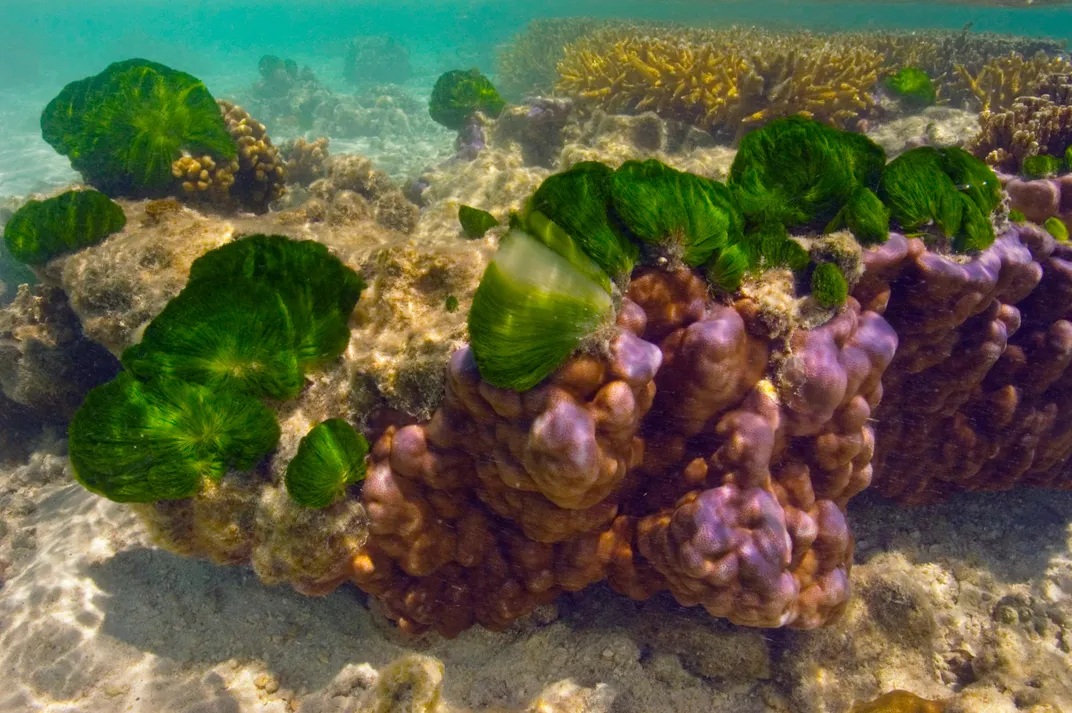
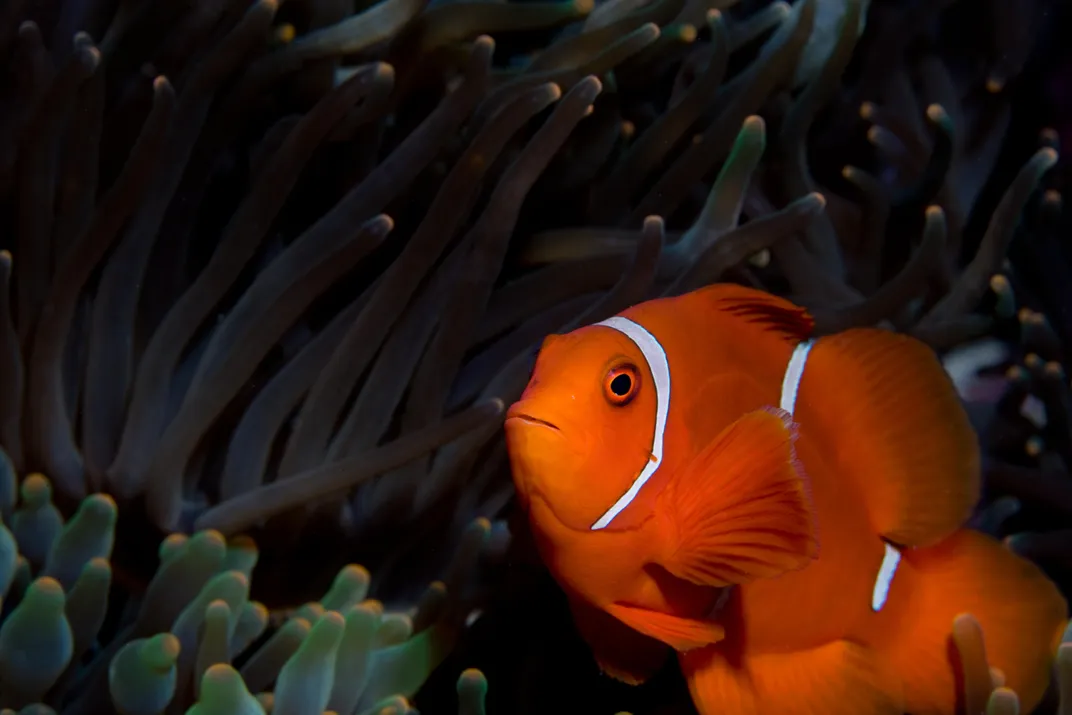
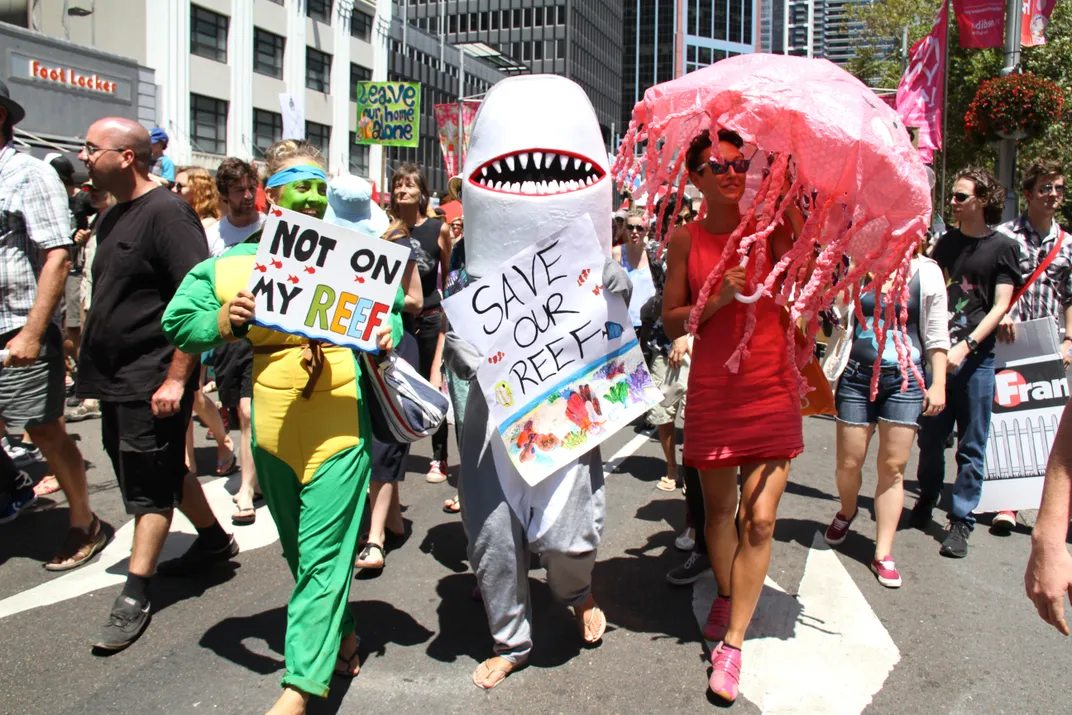
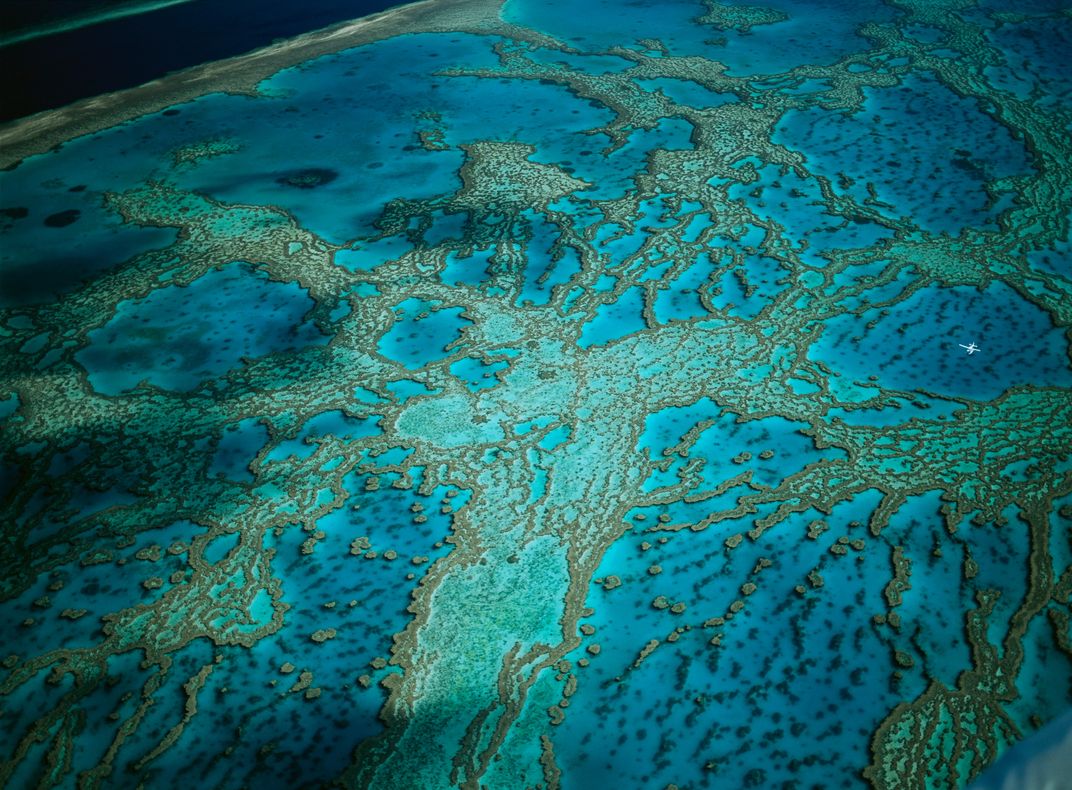
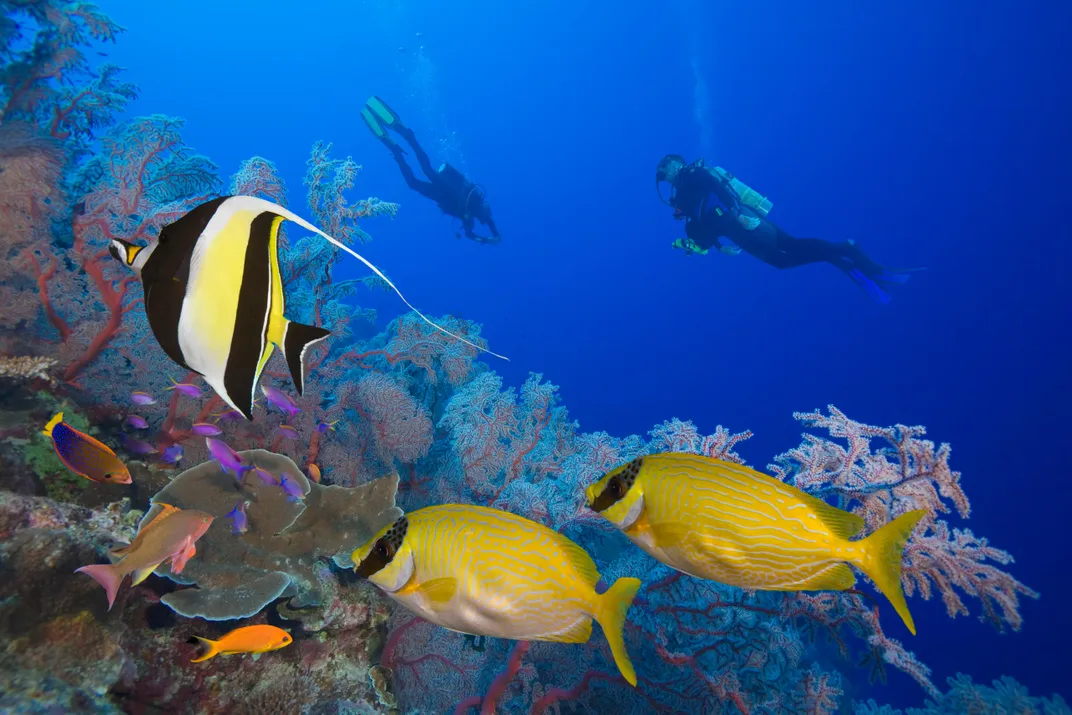
/https://tf-cmsv2-smithsonianmag-media.s3.amazonaws.com/accounts/headshot/Sarah-Zielinski-240.jpg)